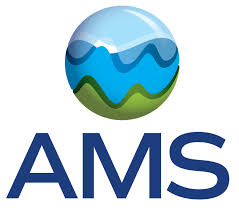Integrated Planning for Local Climate Resilience: Leveraging Climate Twins and Artificial Intelligence
One tool for identifying these impacts is the calculation of climate twins. With the help of these climate equivalents, the climate research perspective creates an explanatory path that provides spatial planning with directional certainty and thus a perspective for the future. In addition, the spatial planning approach offers the opportunity to introduce further steps towards optimised urban adaptation to climate change into the scientific and practical planning discourse. This builds a bridge to applied, planning-oriented urban climatology, which is of immense relevance in this area of tension. Furthermore, an AI based process will be developed that is able to carry out a climate inventory of settlements using satellite data. From this, the AI will generate an appropriate scenario that visually distinguishes different areas from each other. This AI-generated and spatially visualisable representation will enable the rapid identification of local climate risk areas.
16:30–16:45
|
ICUC12-577
|
Onsite presentation
Decadal Analysis of Urban Heat Dynamics and UHI Impacts in Indian Cities: Insights from Local Climate Zones and Urban Growth Trajectories
(withdrawn)
16:45–17:00
|
ICUC12-715
|
Onsite presentation
17:00–17:15
|
ICUC12-893
|
Onsite presentation
Smart City Noise Reduction: Applying Neural Networks for Optimized Urban Planning
(withdrawn)




